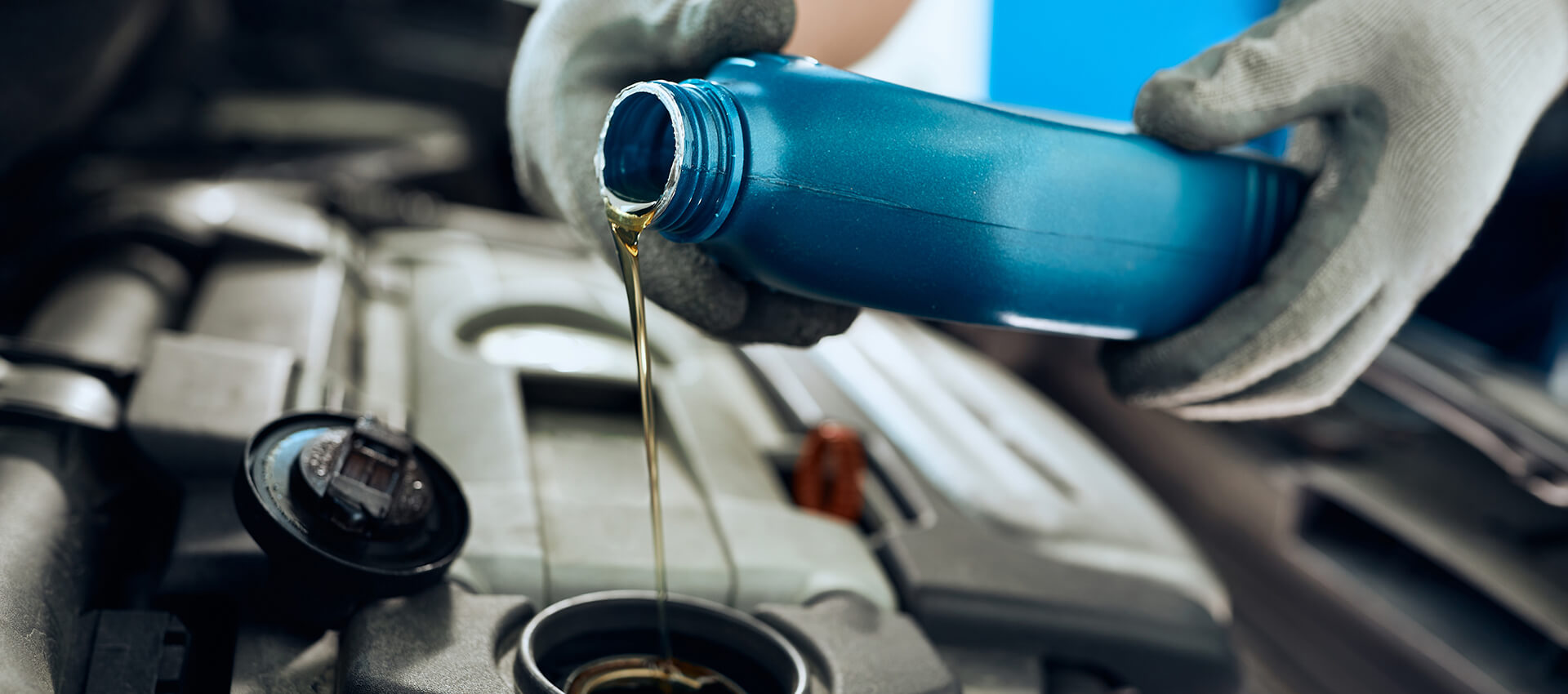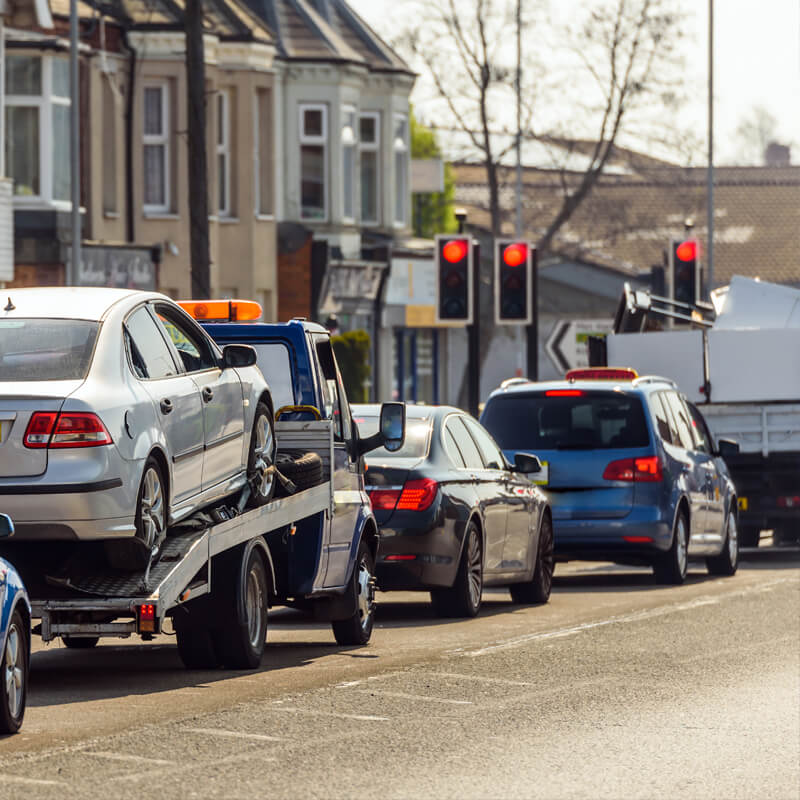Basic Car Maintenance – how to check engine fluids

Continuing our basic car maintenance series, we share some expert tips on how to check engine fluids.
Your vehicle has a number of different fluids, which should be kept topped up. The reservoirs for these fluids are situated in the engine compartment, normally within easy reach. Check your owner’s handbook for the location of these containers, to make sure you don’t mix them up.
Oil
You should only check the oil when the engine is cold. Oil is a fundamental element in your engine. Without it, the engine will grind to a stop and become useless.
Make weekly checks on oil level.
Locate the oil dipstick. This long thin rod reaches far down into the engine, to dip into the oil storage container. When the car is cold, the oil runs back down to the bottom of the engine where the dip stick can take a reading.
First, pull out the dipstick and wipe it clean on a rag. There are two marks on the stick, about 2 inches apart. Maximum at the top, minimum at the bottom. Replace the dipstick into the hole it came from, and pull it out again. The oil will stick to this area somewhere between the maximum and minimum marks. If very low, you can top up oil (be careful not to over do this as too much oil can cause problems as well as too little), by locating the oil fill cap – usually on the top of the engine block (refer to your owners handbook).
You must use the correct kind of oil for your car so take advice from a mechanic or someone who knows about oil (your local car parts shop, for example).
Water
We wash the windscreen with a mixture of screen wash and water. The container for this is easy to find, but once again, if you are unsure, then check with the handbook. Fill up to capacity with water and screen wash.
Coolant
Coolant is what runs through the engine and the radiator, to keep the engine at working temperature, and not too hot. Without this fluid, the engine will over heat and break down. This also contains anti-freeze to prevent the water freezing in the winter. Check the maximum and minimum marks on the side of the container. The fluid level should be between these marks. If it is low, then top up with the correct fluid.
Brake Fluid
Once again, when you have located the container and filler cap, take a reading from the side; the fluid should be between the maximum and minimum markings. This fluid is hydraulic brake fluid and runs through the pipes, which go to operate your brakes. Fluids, unlike gas and air, cannot be compressed, so it is used in the hydraulic systems. Should the level become low or there is a leak, then there is a danger the brakes will not work. Always test the pressure on your brake pedal before moving off, just to make sure all is well. If you see any fluid under your car after it has been parked for a while, then check it out. You may have a leak or a faulty pipe. It’s worth checking before you have an accident, or a breakdown.


